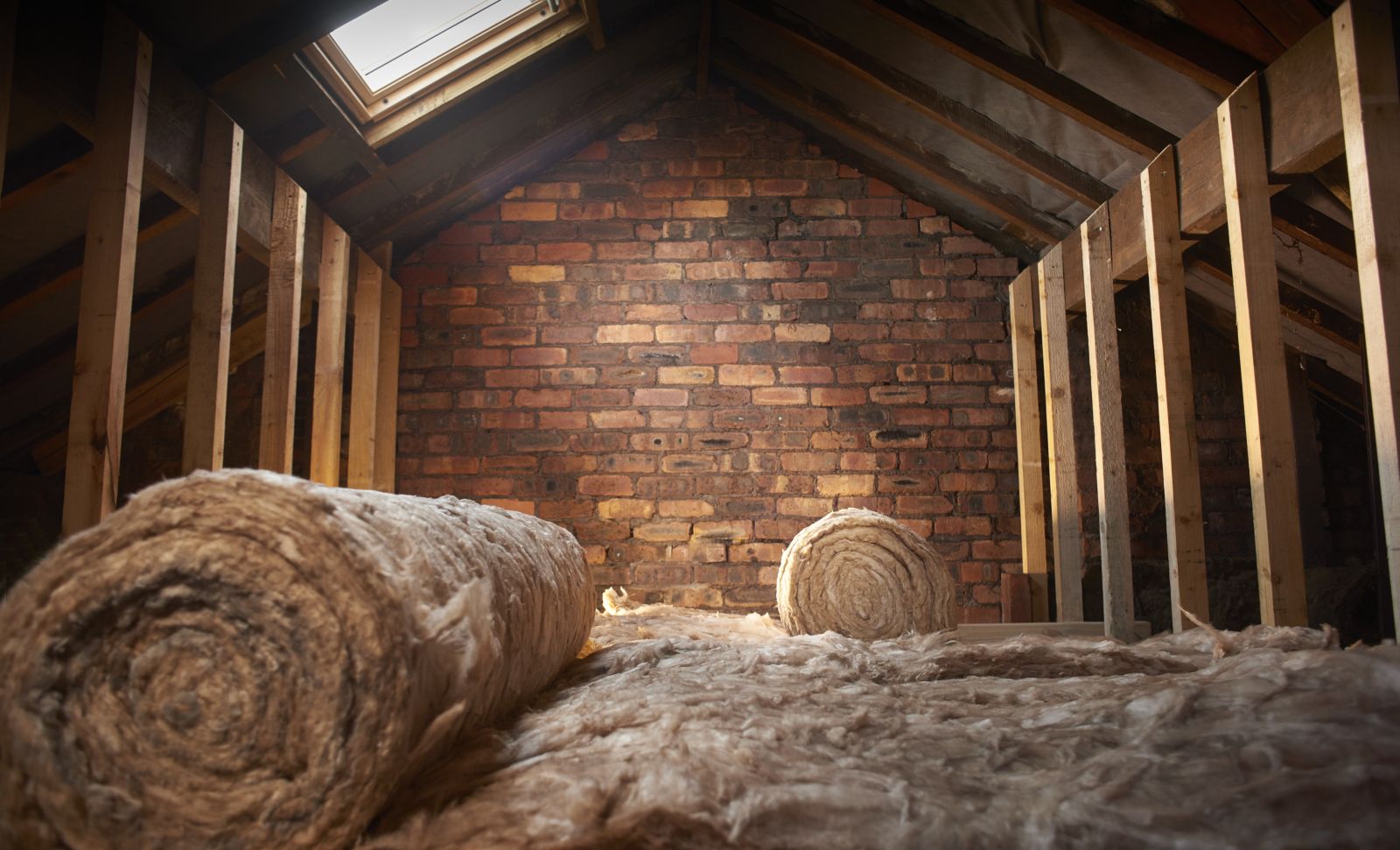Help shape new guidance for the buildings industry/

Event Detail
From May 16 to July 16 2023, the SBTi is undertaking a transparent multi-stakeholder consensus-based process to ensure the criteria and guidance for building companies to set science-based targets in line with 1.5°C are robust, clear, and practical. If you are an expert on this industry, you can provide feedback on the Buildings Science Based Target Setting Guidance and Tool. Download the draft materials for comment:
- Buildings Science Based Target Setting Guidance draft
- SBTi Buildings Target Setting Tool draft
- A 1.5°C Pathway for the Global Buildings Sector’s Embodied Emissions: Pathway Development Description draft
Why take action?
Buildings account for 37% of today’s global CO2 emissions when both operational emissions and embodied emissions of materials are taken into account.
Of this, around 3 Gt CO2e are direct emissions; a further 9.8 Gt CO2e are indirect emissions from electricity and heat consumption; and a further 3.5 Gt CO2e from materials.
Floor area is set to grow approximately 75% over 2020-2050, meaning CO2 emissions will rise dramatically if no decarbonization efforts are made in the sector.
Applying best practice in the buildings industry
In 2015, the Science Based Targets initiative (SBTi) developed the Sectoral Decarbonisation Approach (SDA), a scientifically-informed method for companies to set GHG reduction targets necessary to stay within a 2°C temperature rise above pre-industrial levels. This led to the development of a 2°C and a well-below 2°C pathway.
However, the Paris Agreement and the recent IPCC 6th Assessment Report have highlighted the need to keep warming within a 1.5°C temperature rise.
Our new methodologies, tools and guidance will build on the previously developed SDA methodology for buildings to develop 1.5°C-aligned resources. In particular, the Buildings project aims to achieve three objectives:
- Establish a global pathway for buildings’ in-use emissions aligned with 1.5°C
- Establish a global pathway for buildings’ embodied emissions aligned with 1.5°C
- Issue guidance on emissions accounting and reporting as well as target setting and validation
By setting emission reduction targets in line with this goal and defining appropriate decarbonization strategies, companies in the building sector can help accelerate the transition to a net-zero economy and prevent the worst effects of climate change.
Funding for this project has been provided by the Laudes Foundation.
Project participants
SBTi is the project lead, manager and convening agent. Participating in this project is possible via the following groups:
- Technical partners. Composed of representatives of non-profit organizations and academia, will co-develop project deliverables, participate in decision-making discussions and be recognized as co-authors in the final deliverables. In collaboration with Carbon Risk Real Estate Monitor (CRREM) we are working to provide fully aligned 1.5°C in-use emissions decarbonization pathways for the buildings sector. This publication has been released by CRREM and SBTi is working to integrate these pathways into the target setting tool. In collaboration with Ramboll, the SBTi is working to provide 1.5°C embodied emissions decarbonization pathways for the buildings sector. This publication is expected to be released by Q4 2023.
- Expert Advisory Group. Composed of technical experts from stakeholder organisations and companies interested in setting an SBT and contributing to the project execution. The EAG consists of the following:
- AECOM
- Aldar
- APG
- Arup
- Better Buildings Partnership (BBP)
- Bouygues
- BRE
- Buro Happold
- CapitaLand Investment
- CBRE
- Climate Bonds Initiative
- Council on Energy, Environment, and Water (CEEW)
- Environmental Coalition on Standards (ECOS)
- European Climate Foundation (ECF)
- Finance Ideas
- Global Real Estate Sustainability Benchmark (GRESB)
- Green Building Design Group
- Green Finance Institute
- International Finance Corporation (IFC)
- JLL
- Mitsubishi Estate Co.
- Multiplex
- Partnership for Carbon Accounting Financials (PCAF)
- Ramboll
- Simon Property Group
- Skanska
- Swire Properties
- The European Network of Construction Companies for Research and Development (ENCORD)
- University of Regensburg
- University of Strathclyde
- World Business Council for Sustainable Development (WBCSD)
- World Green Building Council (WGBC)
- World Wide Fund for Nature (WWF)
- General stakeholder consultation. Both industry and non-industry representatives will be able to provide feedback on each project component through the public consultation. The project lead will ensure a balanced participation of stakeholder categories.
Development process
The project will have the following 6 broad steps:
- Scoping study
- Update of target-setting pathways and tool
- Development of sector-specific criteria and target-validation protocol
- Development of guidance documents
- Integration of requirements on accountability and tracking progress
- Knowledge sharing and capacity building
To socialize the resources developed as part of this project, we envision joint capacity building activities, including webinars and/or workshops.



